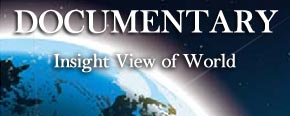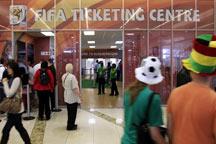The Devastating Haiti Earthquake: Questions and Answers
2010-01-14 12:00 BJTWhat is the potential for future aftershocks in Haiti?
The threat is not over. "So far we have monitored over 40 aftershocks ranging from 4.5 all the way up to 5.9," Bedwell said. About 14 of those aftershocks were magnitude 5.0 or larger.
And they expect more in the coming weeks, she said. There is no way to predict whether one aftershock will be stronger than the next, as they will come in no particular order, according to Bedwell, but typically range between 4.0 and 5.5 magnitude.
The Port-au-Prince earthquake is not believed to pose a tsunami threat because it happened on land as opposed to out in the deep ocean.
"The only positive thing about this earthquake is that because it did occur on land, it did not generate a tsunami, and so that is one hazard that is quite a severe one in the area that was not faced by the people due to this earthquake," Blanpeid said.
The USGS initially sent out a tsunami alert but as more information about the quake came in, the alert was cancelled.
"A destructive widespread tsunami threat does not exist based on historical earthquake and tsunami data," according to a message posted on the USGS Web site.
The threat of mudslides is also on scientists’ radars. "Wherever there are steep slopes or coastal areas there’s likely to be landsliding, and that can bury homes, or block streams, rivers, block roads," Blanpeid said.
What was the world’s deadliest earthquake?
While the death toll in Haiti is still unknown, the deadliest earthquake in history struck that struck Shaanxi, China, in 1556, killing an estimated 830,000 people.
Editor: Du Xiaodan | Source: CCTV.com
 Mail
Mail Share
Share Print
Print


 Video
Video









 2009 China Central Television. All Rights Reserved
2009 China Central Television. All Rights Reserved